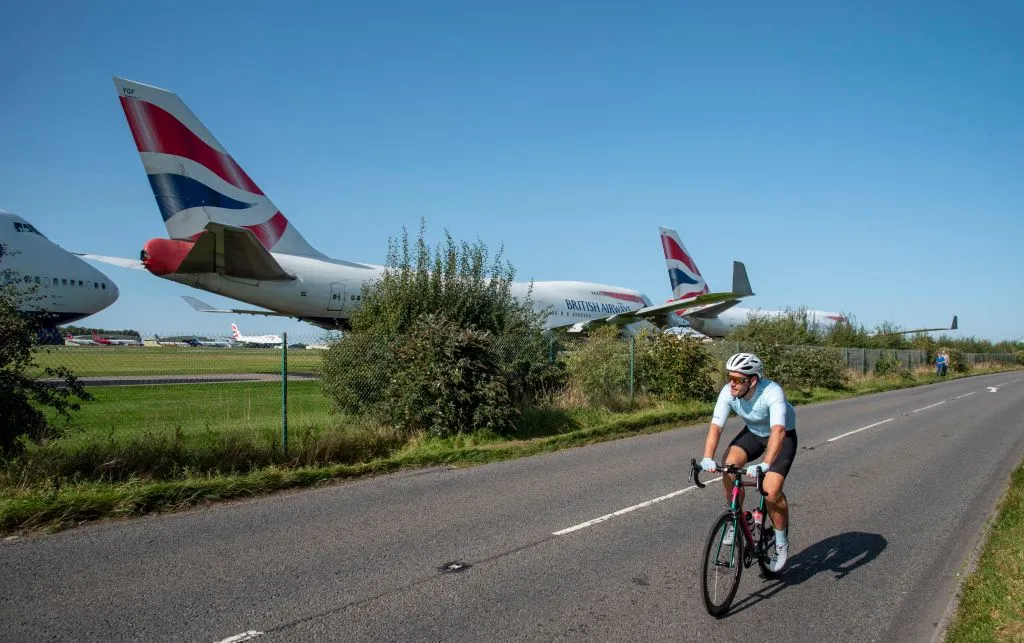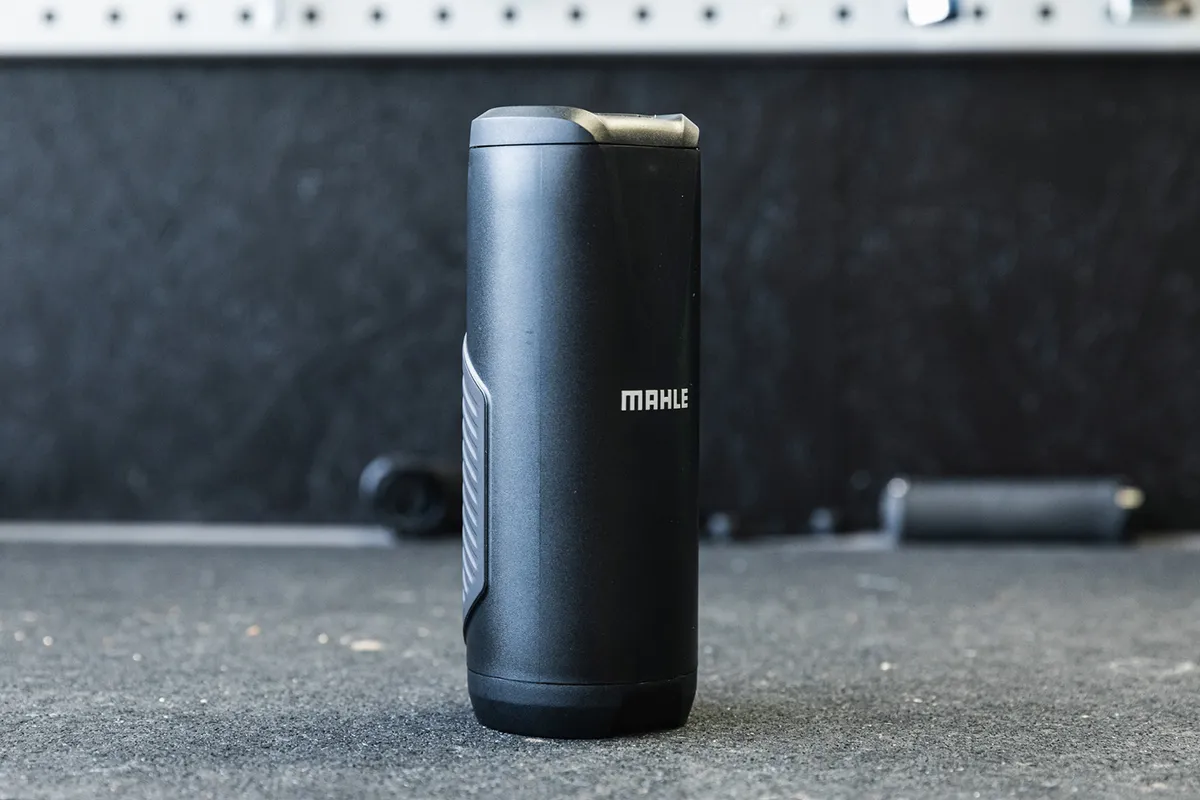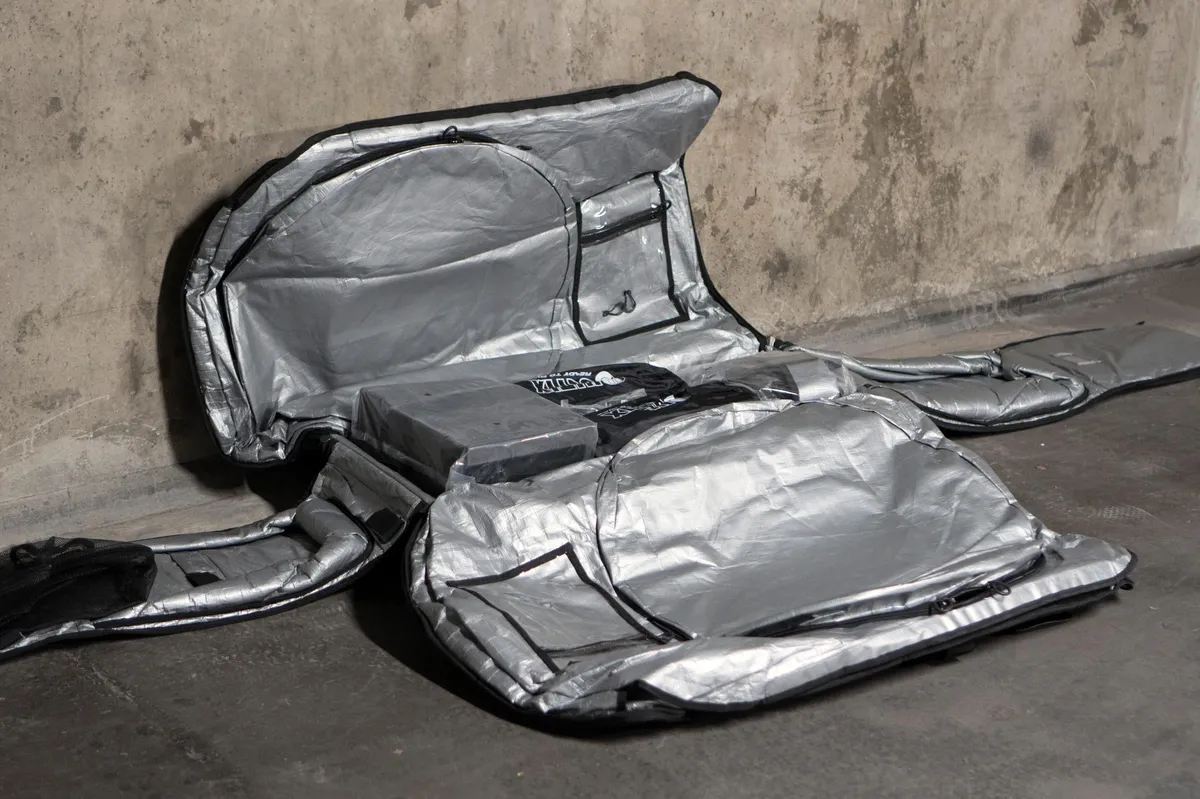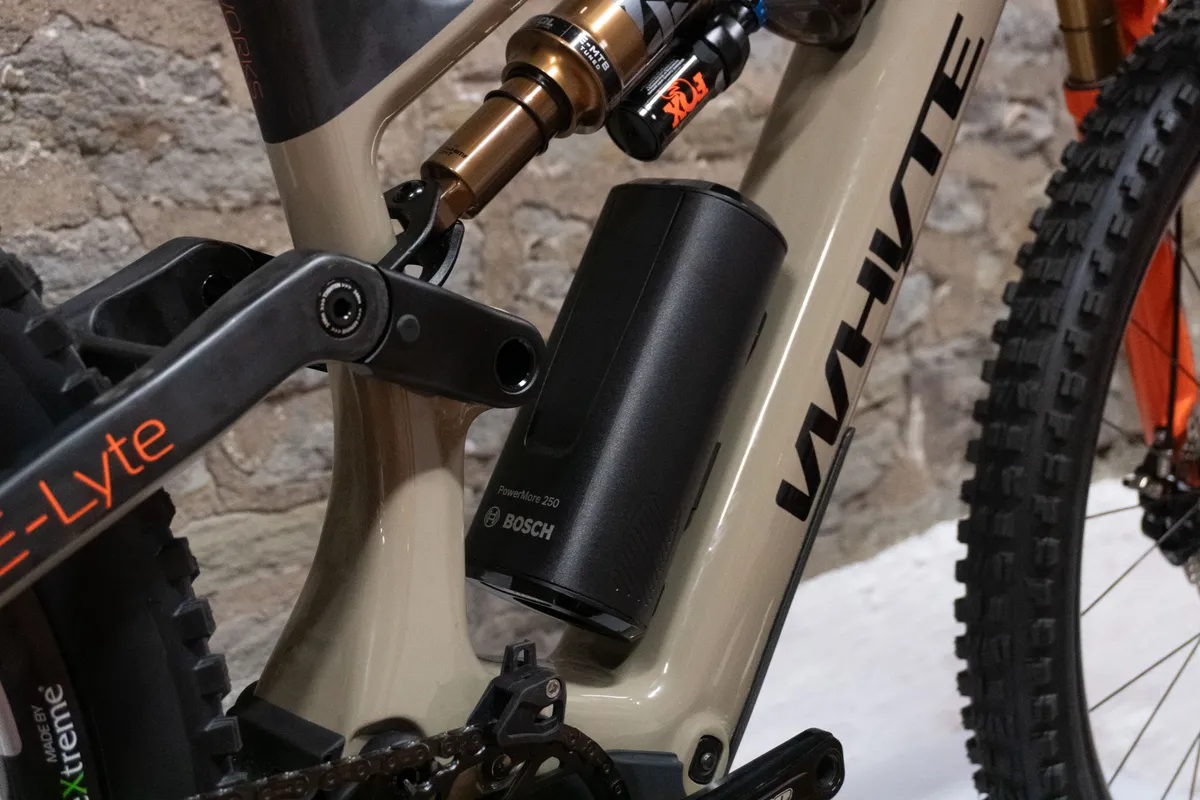From antlers to dynamite, the airline industry strictly regulates what you can take aboard a plane, and fires caused by lithium-ion batteries – as used in electric bikes – are a growing safety concern.
Lithium-ion batteries can enter thermal runaway – a self-sustaining, uncontrollable chain reaction of heat generation leading to catastrophic failure. The Federal Aviation Authority in the US recorded 60 lithium battery fires aboard commercial aircraft in the first nine months of 2023 alone.
As such, larger-capacity batteries, as used by ebikes, are commonly banned by airlines.
Some airlines ban electric bikes altogether, while others may accept an ebike if the battery is removed. In any case, there’s a blanket upper limit of 160Wh for battery capacity and you may need pre-authorisation to carry one over 100Wh. Most ebike batteries exceed these figures.
Does this mean flying with your electric bike may be more hassle than it’s worth? Possibly. There are options if you want to ride an electric bike once you arrive though, which we’ll discuss later.
We've also got useful advice on how to fly with your bike for more information on taking your non-assisted bike aboard.
Are ebikes allowed on aeroplanes?

Some airlines, including British Airways, Easyjet, American Airlines, United and Ryanair, ban carrying battery-powered items in the hold altogether.
British Airways says if you try to travel with an unauthorised battery-powered item – including ebikes and electric scooters – it will not be accepted and you’ll need to pay to have it stored at the airport until your return.

Some airlines take a more relaxed approach.
Delta, for example, states you can carry a battery of up to 160Wh in your hand luggage. However, it also stipulates it will carry “non-motorised bicycles” on its sports equipment pages (as does Southwest).
This means you may potentially be able to carry your battery on board separately from your ebike – confirm beforehand though.
Alaska Airlines allows you to bring an electric bike, provided the battery is removed from the bike and carried as hand luggage.
Beware airlines with differing rules if your flight includes transfers, partner airlines and codeshares. It’s not clear what would happen if, for example, you took your ebike on an Alaska Airlines flight that connected to, or codeshared with, a flight operated by British Airways.
What is the battery size limit for air travel?

Electric bike capacity is usually measured in watt-hours, abbreviated as Wh.
International regulations stipulate a battery carried by an airline passenger must not exceed 100Wh capacity.
With pre-authorisation, you may be able to carry a battery of up to 160Wh capacity, although some airlines waive the pre-authorisation requirement.
Almost all electric bike batteries exceed these capacity figures.
The battery on the Specialized Turbo Levo SL, for example, has a 320Wh capacity.
The lightweight Mahle ebikemotion system fitted to many of the best electric road bikes has either a 236Wh or a 350Wh internal battery, which is enclosed in the ebike’s frame (ie, not removable).

Some folding electric bikes have a lower-capacity battery, because this saves weight and it’s assumed that you won't be riding them far, so range isn’t such an issue.
However, even then, the battery is likely to have a capacity of more than 100Wh.
The lightweight Hummingbird electric bike, for example, has a 158Wh internal battery. While you might be able to travel with it with pre-authorisation, you’d likely have to remove the rear wheel, which encloses the battery in its hub, and take that aboard as hand luggage.
The Brompton Electric, though, has a 300Wh battery.
The Swytch ebike conversion kit has a 90Wh battery option, which you might be able to travel with, but there’s also a larger 180Wh option, which wouldn’t be permitted. You may still fall foul of an airline’s blanket interdiction on the carriage of electric bikes.

If you’re determined to travel with your electric bike, there may be ways of doing so, which we’ll outline below, although it’s still possible an airline’s check-in staff will refuse to accept your ebike.
In any case, ensure you’ve packed your bike robustly – airline baggage handlers are notoriously heavy-handed.
How to get around airline ebike restrictions
Take your range extender and leave your main battery at home

Some electric bike motor systems, including the Mahle ebikemotion system and some Specialized motors, enable you to fit an external range-extender battery.
This usually sits in a bottle cage and can be plugged into a port on the frame to add extra battery capacity.
In this case, one option may be to remove the main ebike battery and travel with the range extender alone. Clearly, your total range will be lower, but so will your ebike’s weight.
Check the battery capacity of your range extender though. The Specialized range extender falls exactly on the 160Wh limit, which may be allowable on some flights if pre-authorised.
However, the Mahle range extender has a 171Wh capacity, so would not be permissible.

The main battery on bikes with a range extender is usually housed within the frame, so removing it may be a complex process. Make sure you follow the maker’s instructions.
We’d also recommend testing whether the ebike will work with just the range extender, without the main battery, before you start.
Again, you might still be prohibited from taking your electric bike aboard once you get to the baggage check.
Rent a battery when you arrive

Another option is to rent a battery for an electric bike once you arrive. If your electric bike has a motor from a popular brand, you may find a bike shop at your destination that will offer this service.
It’s available in popular cycling destinations including Mallorca, the Canaries and Morzine.
Just make sure your airline will carry your battery-less electric bike though.
Rent an ebike when you arrive

Although you may be able to find a way to travel with your electric bike, with or without its battery, it’s worth considering the extra cost involved. Although the lightest electric bikes weigh around 10kg, most are considerably heavier.
On many airlines, you’ll have to pay a supplement for sports equipment. Some airlines will carry a bike as part of your checked baggage allowance, but even so, the weight of a packed electric bike may exceed this and be subject to a surcharge.
So, even if you are allowed to travel with your ebike, you may find the costs mount up.
If you’re travelling to a popular cycling destination, there will probably be options to rent a suitable electric bike once you arrive. Once you’ve factored in the transport costs, this may not be a lot more expensive than travelling with your ebike. In many cases, you’ll get a shiny new ebike without worrying about maintenance or charging up the battery.
If you’re travelling to a city centre, in many locations there are app-based ebike hire companies such as Lime that will rent you an ebike. Santander bike hire in London now includes electric bikes and other city-backed schemes including Vélib’ in Paris also have electric bike hire available.
You’ll save yourself the hassle of checking with the airline (with some airlines charging to use their call centres) and the risk that someone at the airport will stop you from taking your ebike with you at the last minute.
In any case, allow plenty of time ahead of boarding, just in case you end up having a protracted philosophical discussion with a supervisor in oversized baggage check-in as to whether an ebike without its battery is an electric bike. You don’t want to miss your flight.




